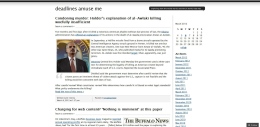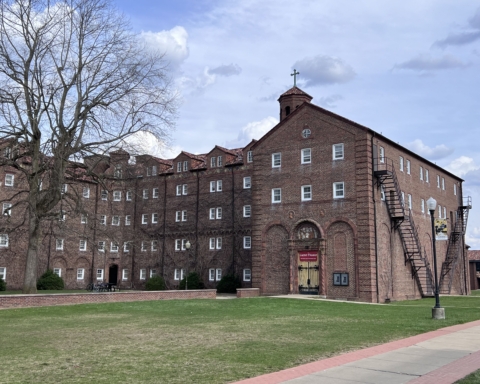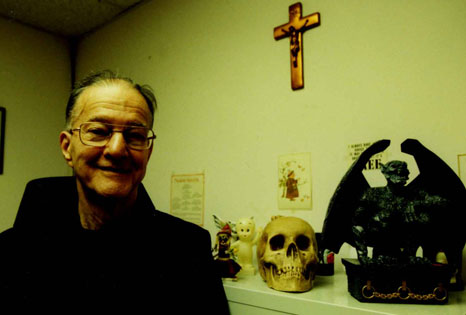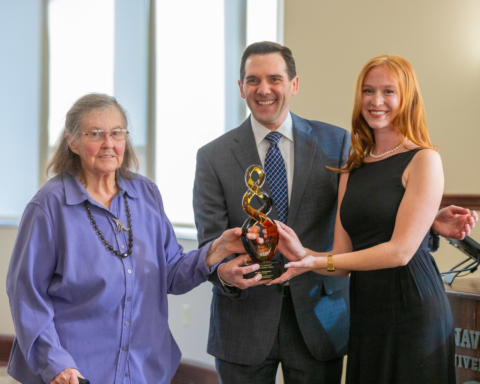By Kerri Linsenbigler
Features Assignment Editor
“People don’t write enough. If people write more, and they get some credible feedback, they become credible thinkers.”
Denny Wilkins, professor of journalism and mass communication, described why the use of blogs in classrooms can be beneficial for students.
Incorporating social media to the classroom has grown the last few years. At Bonaventure, professors are including blogs as a part of their curriculum, or, in Wilkins’ case, devoting an entire class to it.
Building Your Brand as a Blogger (JMC 401J) has nine students who were required to create individual blogs and post a story a week, as well as five extra short posts, called drive-bys.
“(I want them) to get used to the fact that they might become independent publishers,” Wilkins said. “They’re working without a net. They post, and I haven’t seen it.”
Richard Lee, assistant professor of journalism and mass communication, also finds blogs useful for students. This semester, Lee created a blog for his JMC 202 class along with his wife, Anne Lee, a lecturer of journalism and mass communication, who teaches the same course. Students were each assigned a state to cover during the Republican primary races during the month of February and up until Super Tuesday, March 6.
“I thought it worked well for the Super Tuesday assignment,” Lee said. “The concept behind it was keeping it current. I also thought it would be nice if it were online, so people could see it wasn’t just something we were doing for class.”
Lee said the blog allowed students to see their work posted online quickly and that the information in their posts was no different than other news sites.
Maddalena Marinari, assistant professor of history, introduced a blog to her Immigration and Film (Hist 492) upper-level history course.
“I became really interested in it because this is definitely where society is going,” Marinari said. “I thought it would be good if my students would become more familiar with what experts call digital literacy.”
Each student in the course chose a film about an immigrant group in America and focused his or her blog around the film.
“It’s pretty cool,” said Maria Tomassi, a senior history and art major and a student in Marinari’s class. “We have to do a movie review and give background so people who are looking up the website get a little information about it.”
Marinari said she likes using a blog for her class and hopes to incorporate more digital and social media to her classes. She also said blogging has broader implications for students than just being a class assignment.
“It’s different if (students) only have to write for a professor,” she said. “(The blog) is a good way of giving them an additional benefit. It’s like writing for the entire world.”
Wilkins agreed, saying a former student uses her blog on fashion and politics as a springboard for writing freelance articles.
“(Blogging) is another look at a potential self-employment opportunity,” he said.
Freddie Alvarez, a sophomore journalism and mass communication and theater major in both Anne Lee and Marinari’s classes, said blogging for journalism is about putting out information quickly, while his history blog is more creative. Alvarez also said social media can be beneficial for the arts.
“We want to use Facebook, Twitter, any blog that we can to put the information out that we’re doing a production,” Alvarez said. “Depending on how you use it, you can use a blog to advertise for theater.”
Tomassi said this is the first semester she ever used a blog in class. She said she thinks blogs are a creative way to approach writing and learning. Since they are becoming more prevalent, she said they should be incorporated to academics.
“Sometimes history can be a bit boring, so I think this is a good way to get people interested,” she said. “Social networks, everyone uses them. It’s really unavoidable in today’s society.”






